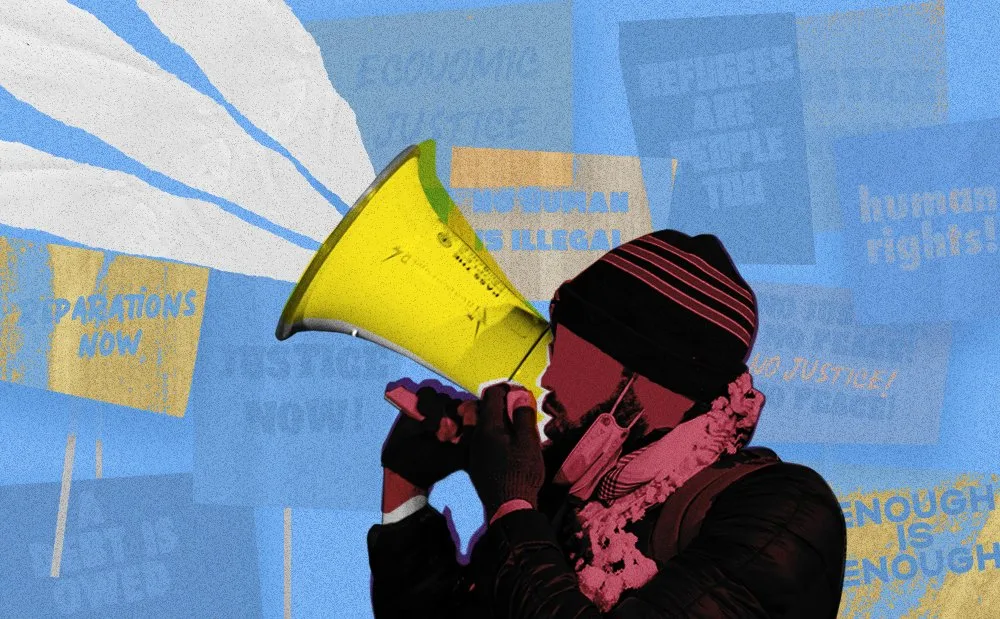
My grandfather’’s journey to Chicago was part of the Great Migration, which saw approximately six million Black people leave the South between the 1910s and the 1970s. The Great Northern Drive, a campaign spearheaded by The Chicago Defender, encouraged many Black southern migrants to head North. The Defender highlighted jobs with better wages in factories, much different than the agricultural sector of the South. The leading African American newspaper also pitched homes with running water, and basic freedoms that were denied to many Black people in the South. As a result Chicago drew in around 500,000 Black southern migrants.
Chicago didn’t embrace Black migrants with open arms, yet the city needed their labor to keep the factories profitable. Upon arrival, Black southern migrants faced overcrowded tenements, violence and entrenched racism.
The breaking point came on July 27, 1919, when Eugene Williams, a Black teenager, drowned at a segregated Lake Michigan beach after his assailant, George Stauber, a 24-year-old white male, hit him in the head with a stone. Now remembered as the Red Summer, Williams’ death marked the beginning of a week-long spree of violence led by a white racist mob, leaving 23 Black Chicagoans dead, 342 Black people injured, and many others homeless.
Narratives fueled by scarcity, reminiscent of Red Summer, are renewed in today’s Latinx migrant crisis with little regard for the lessons of the past. Racial tension and unrest appear, at times, to be perpetuated by media coverage.
The Black community in Chicago has endured a long history of suffering, from chattel slavery to modern-day mass incarceration. Current statistics reveal stark disparities for Black people in employment, life expectancy, homeownership, education funding, and incarceration rates. Many are struggling to make ends meet.

